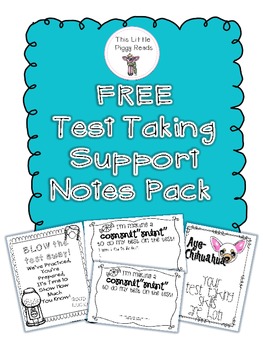Hello!
It's Pixie Anne from Growing Little Learners here today to share with you my Top 3 short animations for Sparking Creativity when writing.
I love using short animations as a starting point when writing and as we have weekly creative/extended writing sessions which are largely independent - a chance to build writing stamina and for us to see how much of what we have taught is embedded (and because creative writing can be fun!), I am always on the lookout for new ideas.
Animations are an obvious choice as they are rich visually, fun to watch and offer a lot of support when combined with plenty of talk and drama to help struggling writers and give reluctant writers a bit more inspiration!
Here are my Top 3 (at the moment!). It just so happens that all 3 are wordless which, in my opinion, is even better as it allows for more imagination and creativity.
Click on the pictures to link to Vimeo where you can watch them all.
Bubbles
This is my newest find. A sweet story of a girl who stumbles upon a bottle of bubbles and finds herself transported on an adventure! We blew bubbles and went on our own adventures this week. We wrote a letter the little girl in the clip thanking her and telling her all about where we had been.
Whistleless
This poor little bird has no whistle! He finds so many people who do have a whistle on his journey to find one and eventually finds his own. We did a simple retelling following watching this in class.
What Goes on Above the Shelves in a Supermarket?
I love this animation and have used in as a starting point for so many types of writing: newspaper articles, character and setting descriptions, writing the dialogue and letters amongst others. The boy is in the candy aisle at the supermarket when he climbs the shelves. At the top he discovers a land made of candy! There is a great adventure with lots of action which the boys love.
I loved the worlds made of bread, computer games, vegetables, ice-creams, electronics and clothes that mine created and wrote about after watching this...
Which shelf would you climb?!
Do watch these clips and let me know if and how you use them in the classroom. They are all great for teaching other topics such as loneliness, friendship, perseverance, bravery etc.
Please also let me know if you know of any other great animations I can share with my class!
Thanks for stopping by today!















































